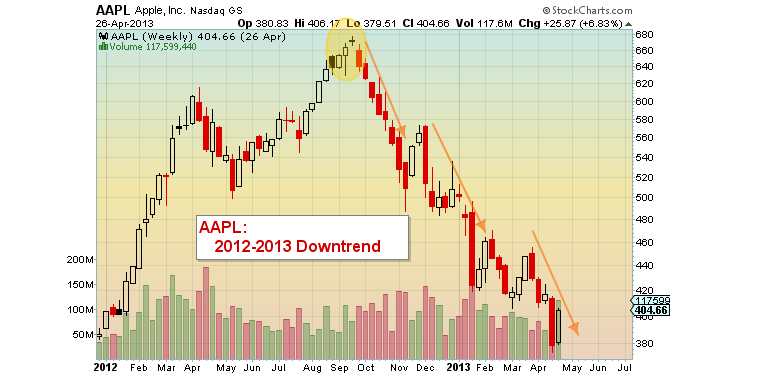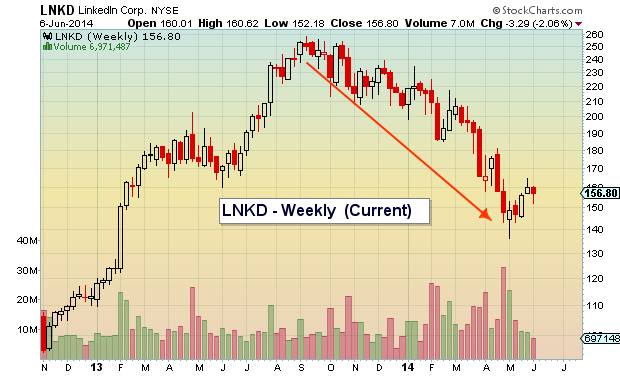Every day active investors scan the market for setups they like. Whether it’s stocks, bonds, ETFs, futures, commodities, or currencies there are a multitude of sectors and asset classes to scan and rank. And as we maintain, build, and invest in our running list of candidates, we constantly think about risk-reward and time frames. And it is within this context that we make decisions.
The Trade
If you are an “active” investor (a nice name for a trader of varying time frames), odds are that you inevitably approach some or all setups with a shorter-term time frame. Could be a day trade, to a matter of days, to a matter of weeks, but either way this type of setup is for a trader. If done properly, the trade is planned out: price(s) to get in, time frame locked, and price(s) to get out (stops).
So What Can Go Wrong?
The security moves against you, your stop is hit, and you take a loss and move on. Yup, this happens to everyone. Not a big deal because the systematic approach keeps you (and your capital) alive for other setups. This is harmless… as is being stopped out on a winner as it starts to lose momentum.
Traders lose there mental edge when they decide that they need to win at all costs.
And this leads them to adjust their time frames and or price disciplines.
A couple of examples:
- The ego says that the setup is fool proof and still valid. So stops are lifted and time frames are altered. This is usually accompanied with new capital to further bolster their fleeting conviction (and the losing trade). And the trader convinces him/herself that it’s now a “good investment”… until the loss either hurts too bad, or the investment wears them out.
- Said stock does exactly what the trader wants. As the stock approaches its target, the trader gets greedy and misses the window of opportunity. The stock then falls and the mind says if I can just get back to where it was before… and bounces a bit, but falls short again… and so on and so on.
Professional traders realize that taking a loss is okay. They also realize that taking slightly less than target is okay as well (especially if the time window is collapsing and the technical setup has run its course).
Simply put, this is all about developing a process, building a plan, and sticking to it. Taking care of our capital takes care of our psychology (and keeps us focused on appropriate time frames). Find more of our insights into investor psychology here.
I’ll leave you with a few charts that highlight the danger in letting your discipline go. Have a great weekend.
No position in any of the mentioned securities at the time of publication. Any opinions expressed herein are solely those of the author, and do not in any way represent the views or opinions of any other person or entity.












